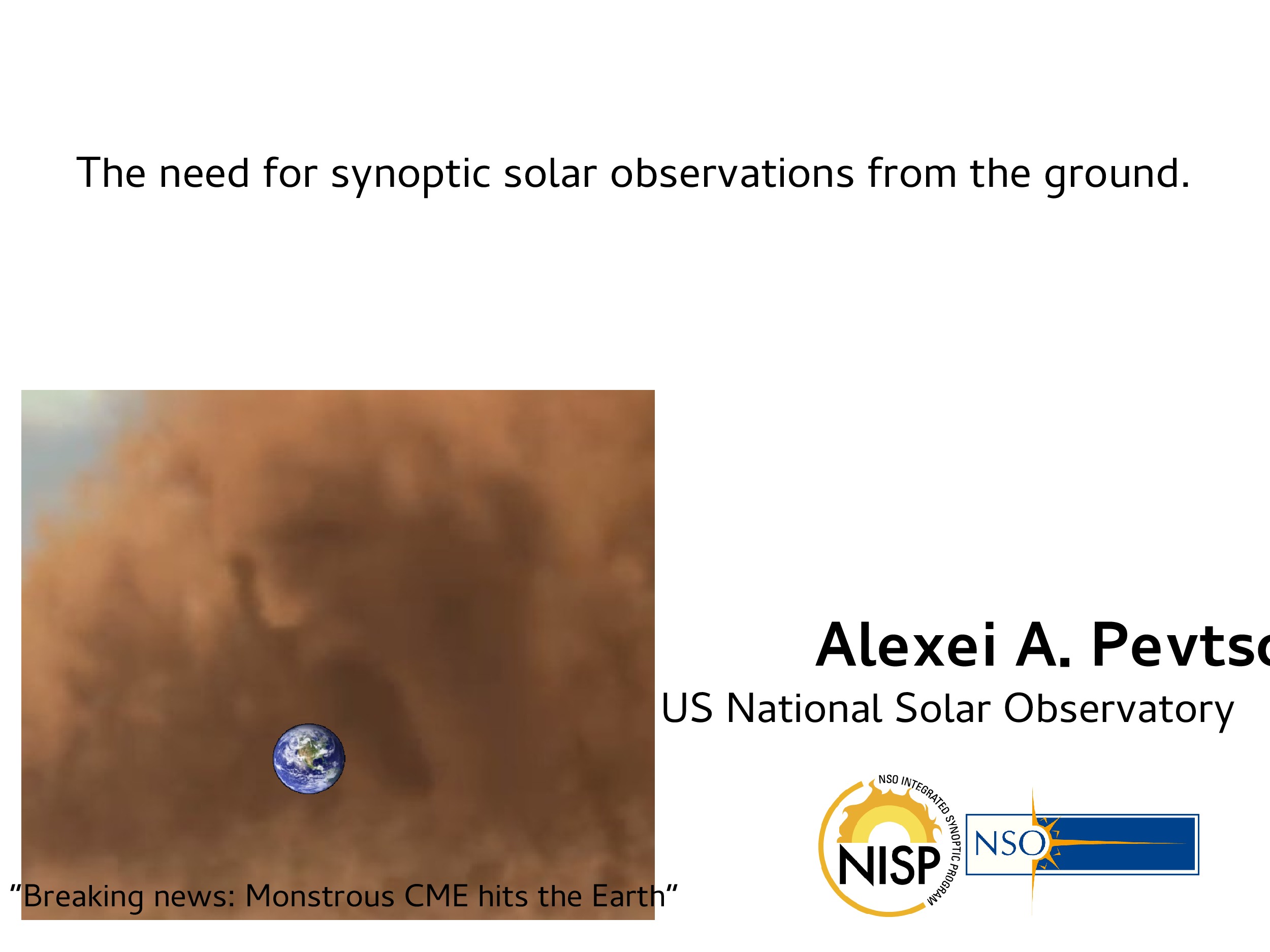Main category
Natural Sciences (Astrophysics and Astrononmy)
Abstract
Synoptic observations are indispensable in studies of long-term effects pertinent to variation in solar radiative output, space weather and space climate, as well as for understanding the physics of global processes taking place on our nearest star. Synoptic data also allow putting the Sun in the context of stellar evolution. Historically, the main-stay of such observations has been ground-based, although the improving longevity of space-borne instruments puts some space missions into the category of synoptic facilities. Space- and ground-based (synoptic) observations are complementary to each other; neither is inferior or superior to the other. Ground-based facilities can have a long-term (50 years+) operations horizon, and in comparison with their space-based counterparts, they are less expensive to operate and have fewer restrictions on international collaboration and data access. The instruments can be serviced, upgraded, and cross-calibrated to ensure the continuity and uniformity of long-term data series. New measurements could be added in response to changes in understanding the solar phenomena. Some drawbacks such as day-night cycle and the variable atmospheric seeing can be mitigated e.g., by creating the global networks and by employing the adaptive optics. Furthermore, the ground-based synoptic observations can serve as a backbone and a back-up to space-based observations.
In my talk I will review some existing ground-based synoptic facilities, describe plans for future networks, and outline the current efforts in strengthening the international collaboration in synoptic solar observations from the ground.
DOI
10.18147/smn.2017/presentation:61
Do you have problems viewing the pdf-file? Download presentation
here
If the presentation contains inappropriate content, please
report the presentation. You will be redirected to the landing page.
